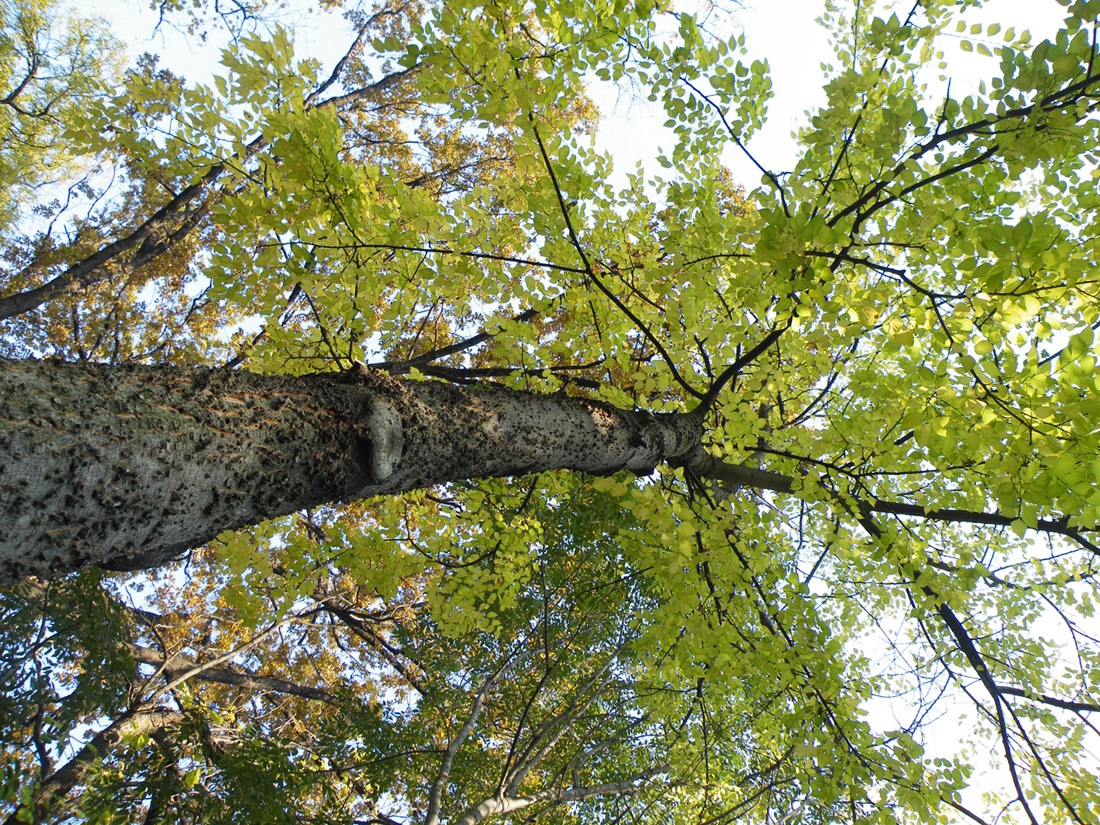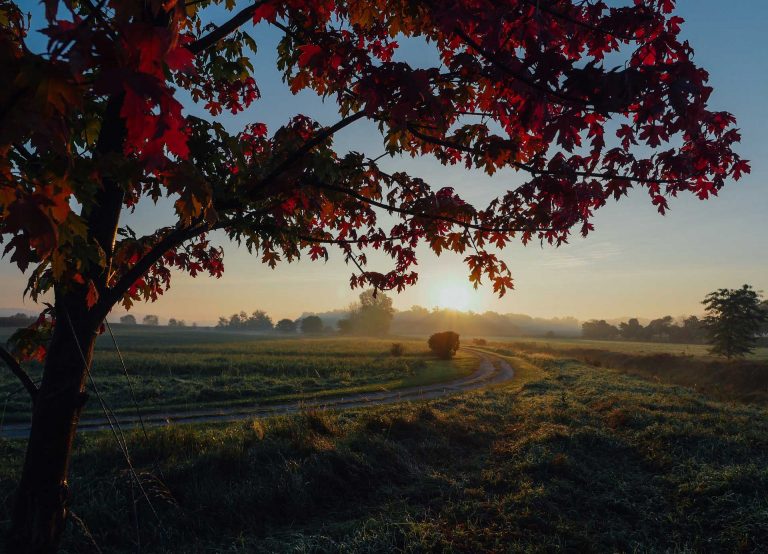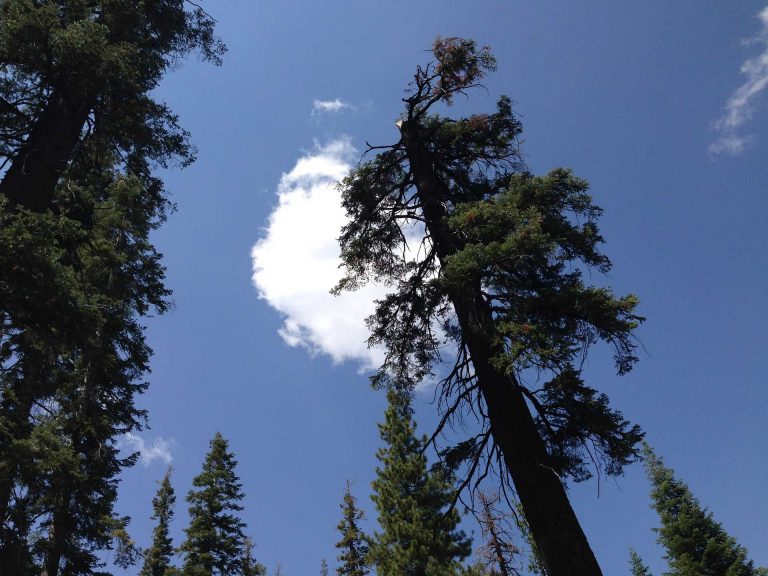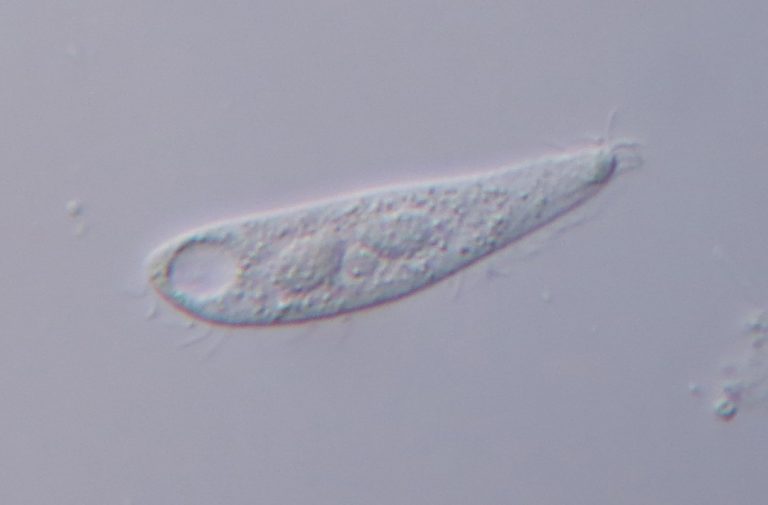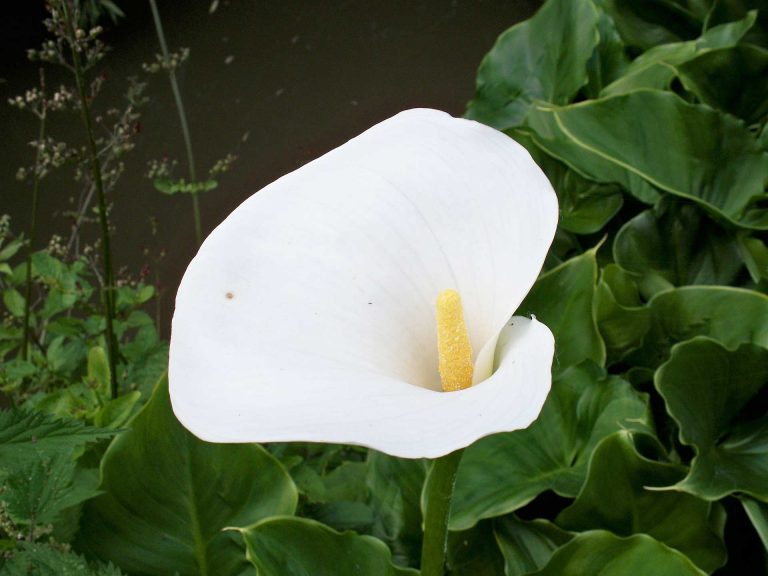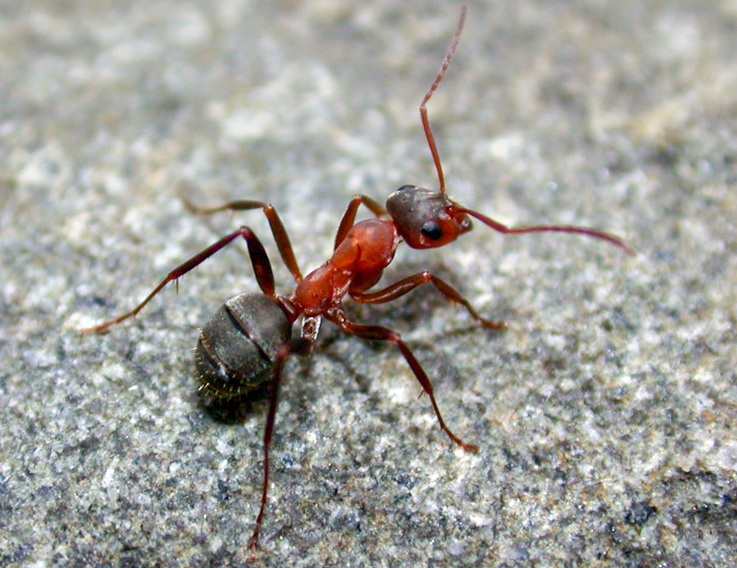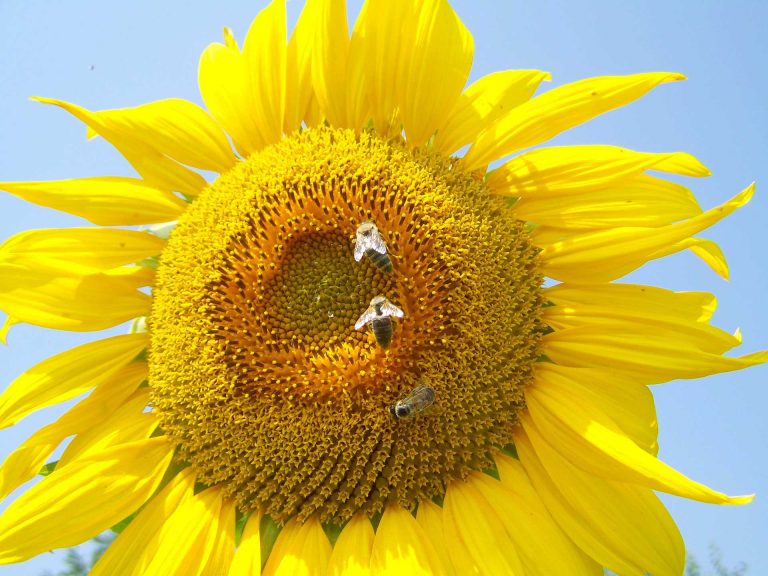American Hackberry
Scientific Classification
| Kingdom: | Plantae |
| Family: | Ulmaceae |
| Order: | Rosales |
| Species: | C.occidentalis |
| Genus: | Celtis |
American Hackberry is a deciduous, long-living tree. And it is also known as Sugarberry, Nettletree, and Northern Hackberry. American Hackberry is a medium-sized tree, From 30 to 50 feet high. But, in favorable conditions, it can grow up to 130 feet high, especially seen in the area of the Mississippi valley. Small berries of this tree are eaten by many mammals and birds. The seeds are dispersed by animals and some are also dispersed by water. In the autumn season, the American Hackberry tree produces small berries which turn into orange-red color to dark purple color. The roots of Hackberry are fibrous and it is a fast-growing tree. In ideal conditions, the maximum age attained by the American Hackberry trees is about 150 to 200 years. The cherry-like fruit of Hackberry provides food for many birds. The fruit contains a single seed. In the Elm family, the American Hackberry tree is also known as the sugarberry.
Anatomy
The leaves of Hackberry trees are coarse textured, and are egg-shaped. These leaves are arranged on the stem. The wood of this tree is soft and light yellow in color, coarse-grained, heavy, but it is not strong wood as compared to others. Sometimes it is used as cheap furniture and fencing. The Hackberry tree has berries of pea-sized, which are edible and ripening in the early September month. These berries have a high calorific value from its carbohydrates, fats and proteins. These calories are digestible without preparation and cooking. The bark of Hackberry tree is silvery-gray and light brown. It is an evergreen or semi-evergreen tree. In the spring season the flowers of this tree occur in greenish and drooping clusters.
Habitat
The American Hackberry tree is native to Southern Ontario and Quebec to North America, From North Carolina to South Carolina and parts of New England. Netleaf Hackberry and American Hackberry have similar bark structure. The Hackberry tree grows in different habitats. It prefers limestone rich soil and bottomlands. It can tolerate pollution and is found not only in the environment, but also in gardens, parks and also in backyards of homes.
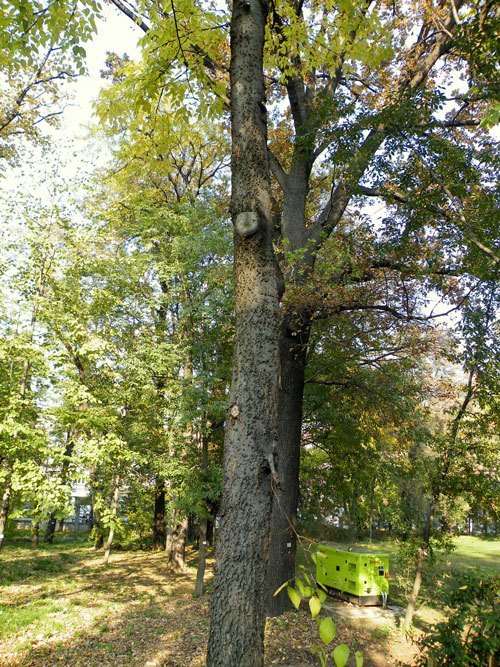
Photo by: Marija Gajić
Soil
This tree requires moisture and can grow in many soil conditions. It grows best in valley soil. It can survive in clay, rocky, rich and poor soil. Hackberry tree adapts to a variety of soils and can tolerate drought very easily. It can stand with acid, sand, salt and alkaline soil. Watering
Places with high water table are not favorable for Hackberry trees. It does not require too much of water as these trees have the ability to survive in drought. But it requires full or partial sunlight.
Uses
The Hackberry tree is used as a source of nectar. The wood of these trees is used as cheap furniture, Millwork and fencing. Occasionally, Hackberry tree is used to landscape and as a street tree. The parts of Hackberry trees are used in the making of craft items and for firewood. It is also used in the treatment of throat infection and venereal disease. The bark of the Netleaf Hackberry is used to make sandals. The branches and leaves of this tree turn into red or dark brown color, and are used as dye for wool. The berries are also used in the making of jams and bread. Hackberry tree is also used in bonsai.
Pests and Pesticides
The leaves of Hackberry trees are eaten by gall producing insects of the genus pachpysylla. But, these insects do not cause any serious damage to the Hackberry tree. The pest Scolytus Muticus Engraver attacks on the dying and dead branches of Hackberry trees. A leaf-spot fungus is common, as are “witches-broom” disease that causes serious damage to the branches of the tree.

Having discovered a fondness for insects while pursuing her degree in Biology, Randi Jones was quite bugged to know that people usually dismissed these little creatures as “creepy-crawlies”.

